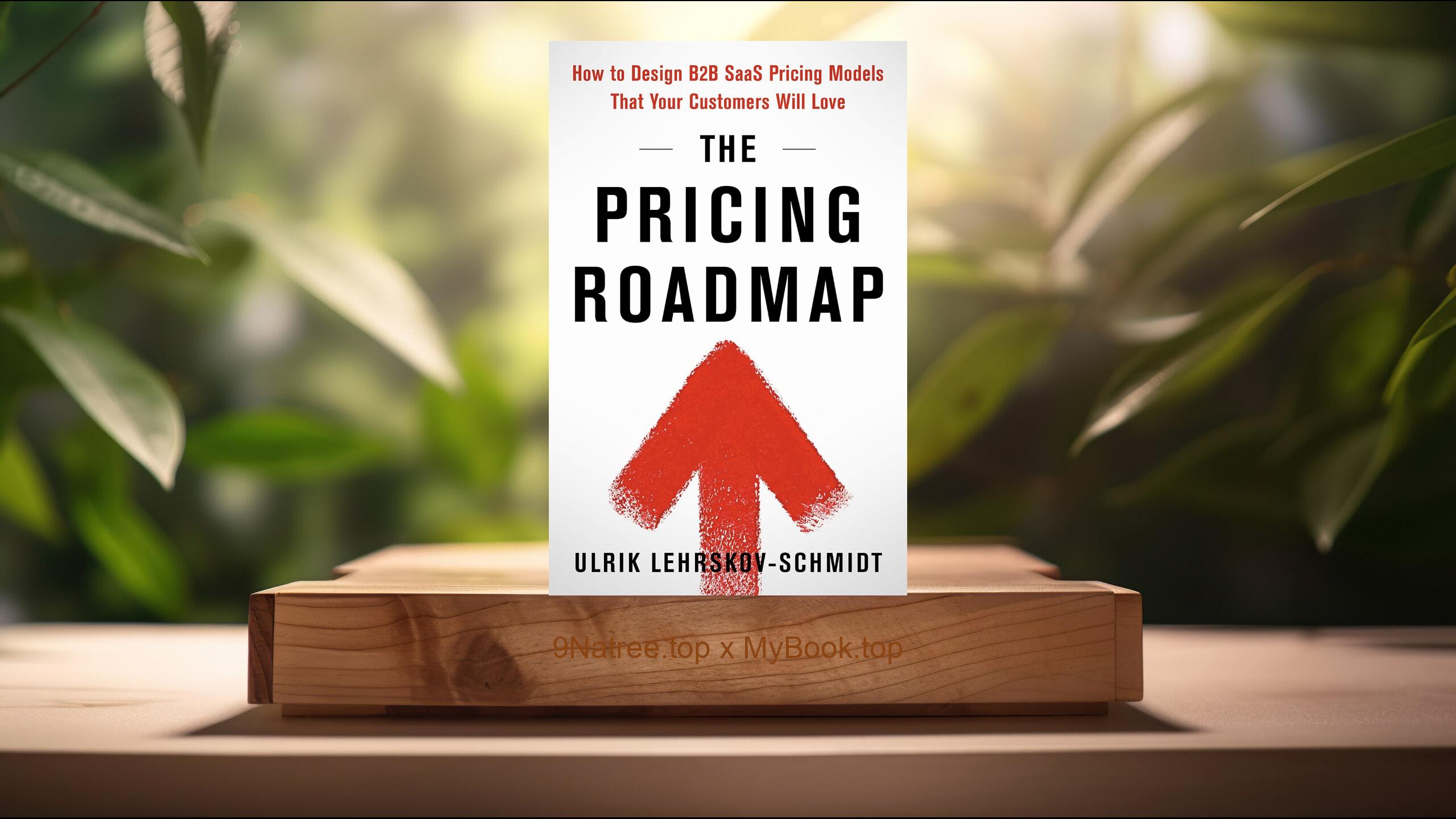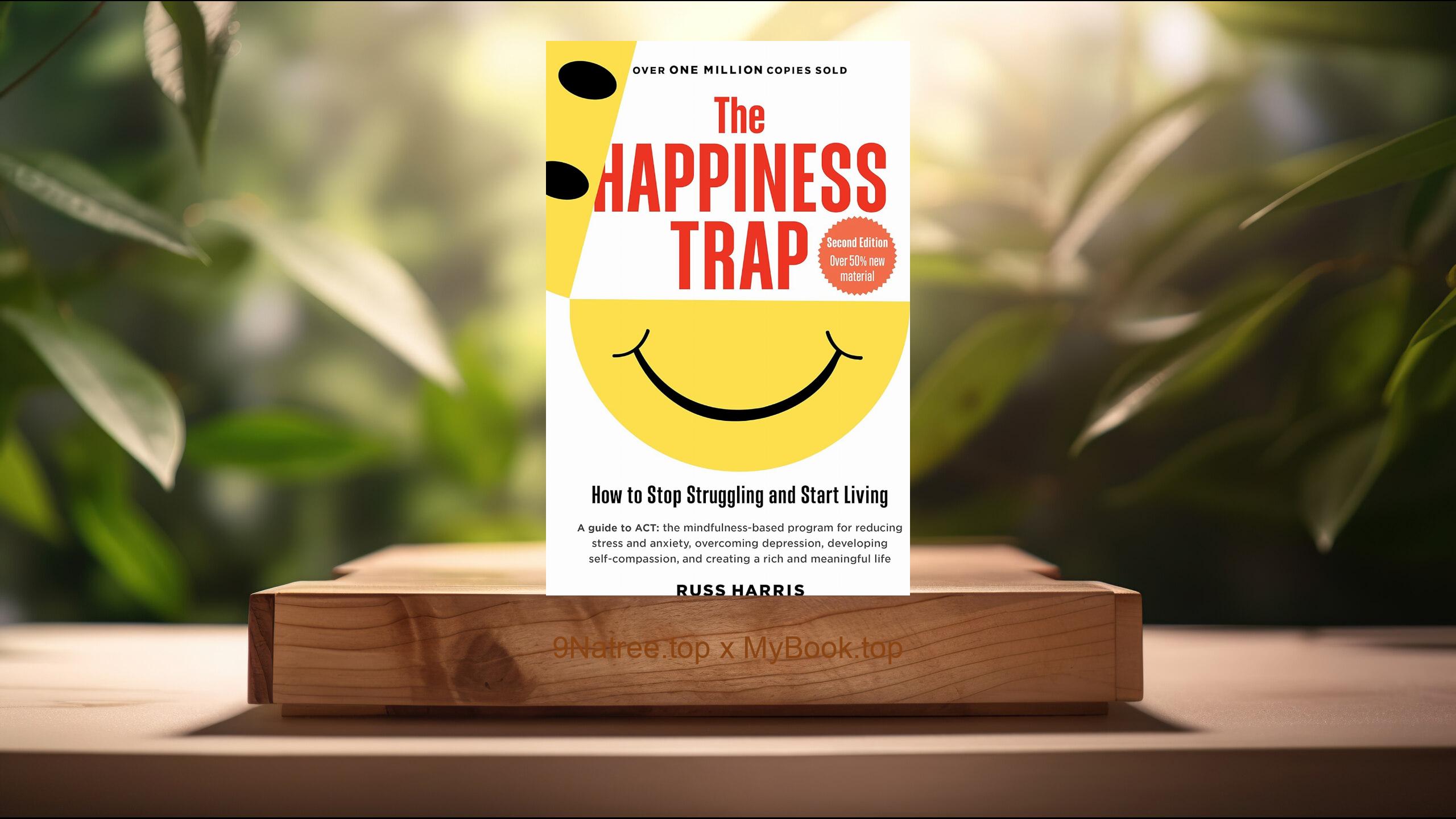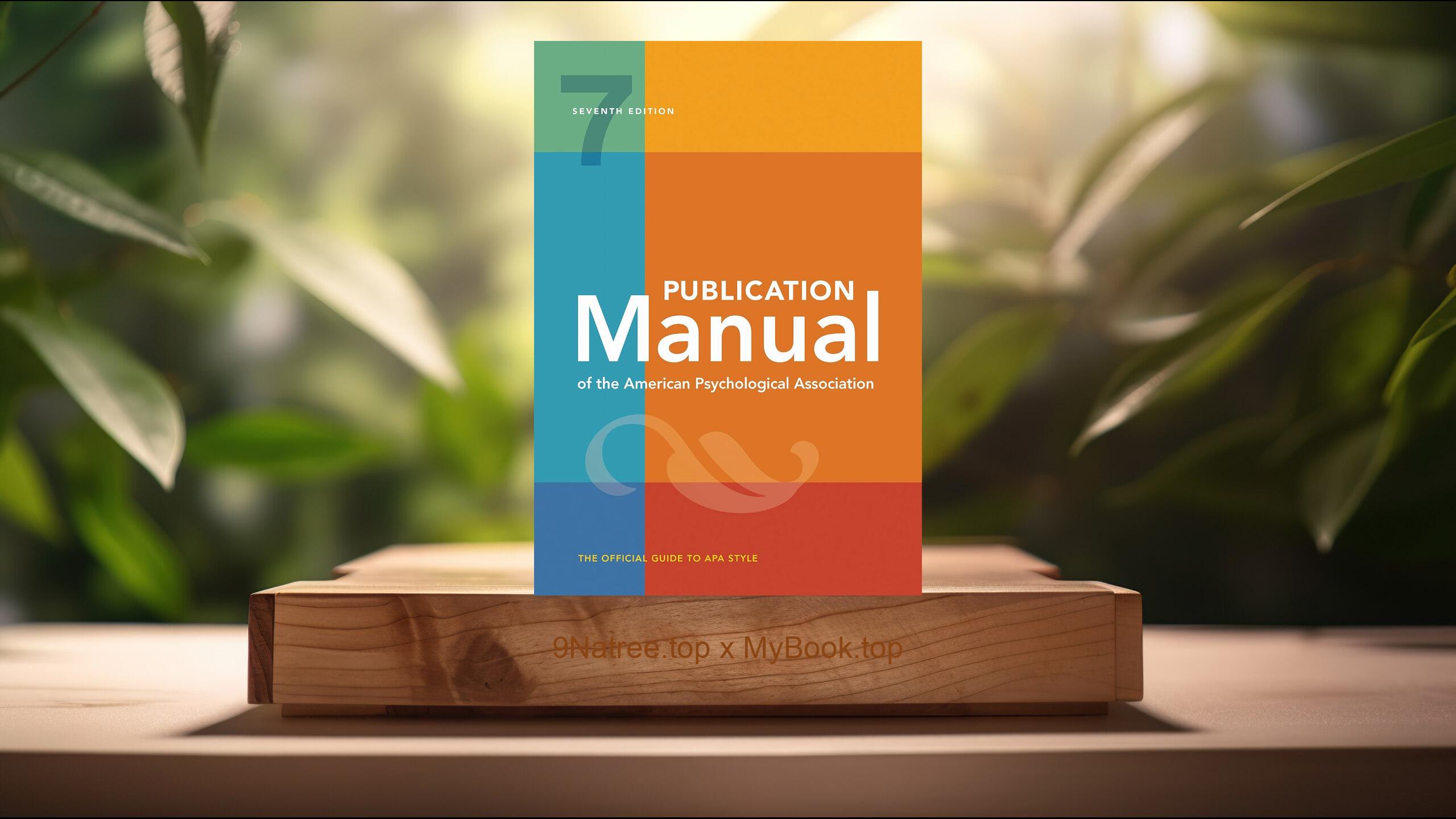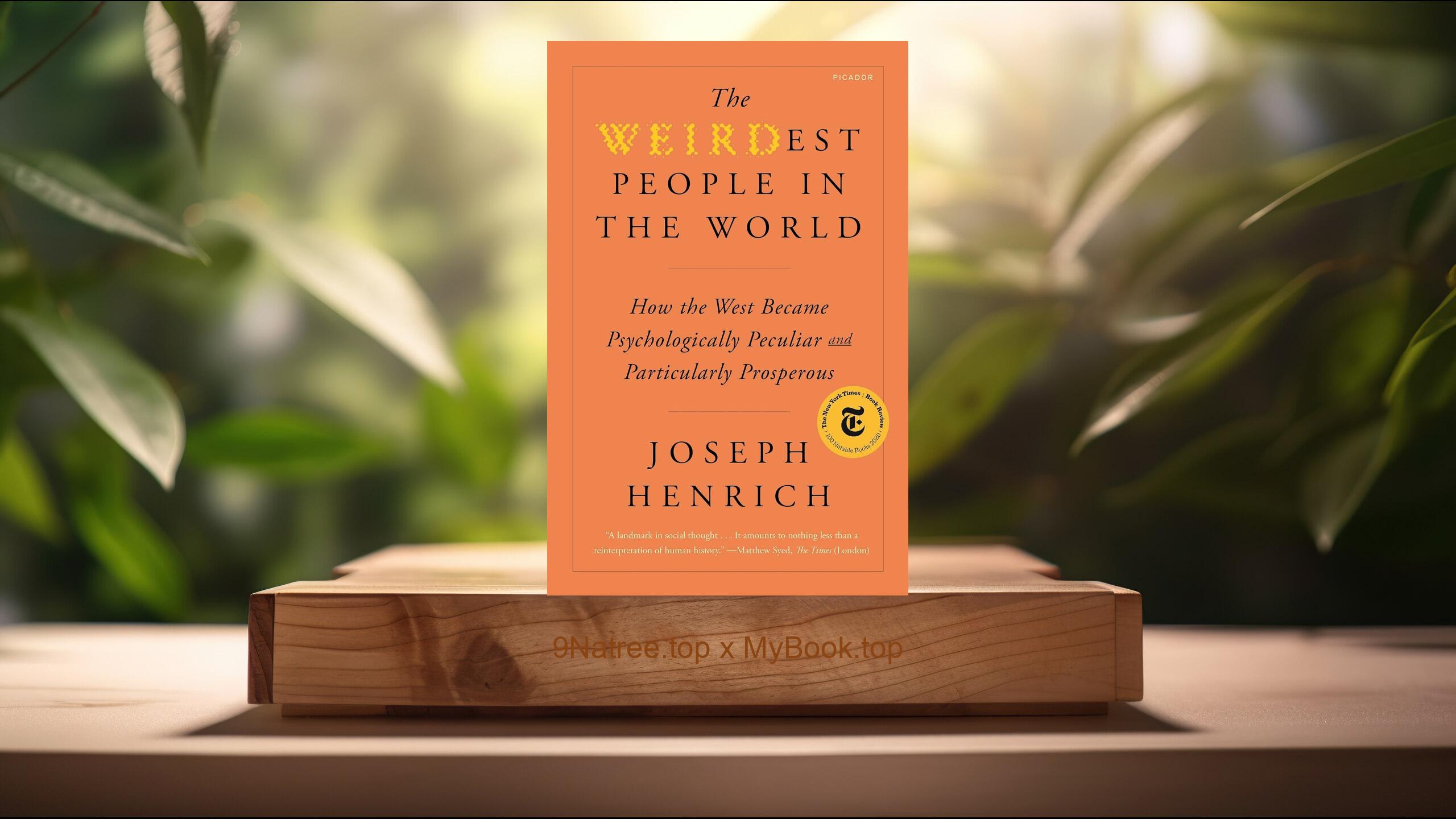Show Notes
- Amazon US Store: https://www.amazon.com/dp/B0BYZ25QSM?tag=9natree-20
- Amazon Worldwide Store: https://global.buys.trade/Think-Less-Do-More-Peter-Hollins.html
- Apple Books: https://books.apple.com/us/audiobook/think-less-do-more-create-an-action-bias-stop/id1683645817?itsct=books_box_link&itscg=30200&ls=1&at=1001l3bAw&ct=9natree
- eBay: https://www.ebay.com/sch/i.html?_nkw=Think+Less+Do+More+Peter+Hollins+&mkcid=1&mkrid=711-53200-19255-0&siteid=0&campid=5339060787&customid=9natree&toolid=10001&mkevt=1
- Read more: https://mybook.top/read/B0BYZ25QSM/
#Overthinking #ActionBias #PersonalDevelopment #Mindfulness #GoalSetting #TimeManagement #CognitiveBehavioralTechniques #HabitFormation #ThinkLessDoMore
These are takeaways from this book.
Firstly, Understanding Overthinking and Its Impacts, Overthinking is dissected by Hollins as not just a minor hindrance but a major blockade to personal development and happiness. Through an examination of psychological theories and current research, the book elucidates how overthinking can trap individuals in a cycle of stagnation, where fears and doubts override the impulse to act. Hollins addresses the mental and physical symptoms of overthinking, highlighting its ability to drain energy, decrease motivation, and hamper creativity. By identifying the root causes and manifestations of overthinking, readers are equipped with the knowledge to recognize these patterns in their own lives. The author also explores the societal and environmental factors that contribute to overthinking, providing a comprehensive understanding of this pervasive issue. This foundational knowledge is crucial, as it sets the stage for overcoming overthinking through actionable strategies detailed in subsequent chapters.
Secondly, Building an Action Bias, Peter Hollins advocates for cultivating an 'action bias' - a propensity to take action as a default response to challenges and opportunities. This concept is presented as the antidote to overthinking. Hollins details a step-by-step approach to developing this mindset, starting with small, manageable actions that can gradually build confidence and momentum. Key strategies include setting clear, achievable goals, breaking tasks into smaller steps, and embracing a mindset of experimentation where failure is seen as a learning opportunity rather than a setback. The book emphasizes the importance of consistency and persistence, teaching readers how continuous action, even in the face of uncertainty, can lead to significant personal growth and achievement. Hollins also addresses common pitfalls such as perfectionism and fear of failure, providing practical advice for navigating these challenges while maintaining an action-oriented approach.
Thirdly, Practical Tools and Techniques, To facilitate the transition from overthinking to action, Hollins introduces an array of practical tools and techniques. These include time management strategies, such as the Pomodoro Technique and time blocking, which help individuals allocate specific times for action and reflection. Mindfulness and meditation are also covered as methods to calm the mind and reduce the tendency to overthink. Hollins delves into cognitive behavioral techniques to reframe negative thoughts and beliefs, encouraging a more positive and action-oriented mindset. Additionally, the book discusses the role of habit formation in automating action, using insights from behavioral science to guide readers in establishing and maintaining productive routines. The inclusion of real-life examples and case studies makes these strategies relatable and applicable, illustrating their effectiveness in overcoming overthinking and fostering an action bias.
Fourthly, Creating a Personal Action Plan, One of the book's most impactful contributions is its emphasis on creating a personalized action plan. Hollins walks readers through the process of developing a tailored plan that aligns with their individual goals, values, and circumstances. This involves self-reflection exercises to clarify one's aspirations and identify barriers to action. Hollins provides guidelines for setting SMART (Specific, Measurable, Achievable, Relevant, Time-bound) goals and outlines how to leverage strengths and address weaknesses. The action plan also includes strategies for maintaining motivation and dealing with setbacks, ensuring that readers are equipped to persevere in their pursuit of action. By encouraging personalization, Hollins acknowledges the unique challenges faced by each individual, making the book's approaches more effective and sustainable.
Lastly, The Psychological Benefits of an Action-Oriented Life, Hollins concludes by discussing the profound psychological benefits of adopting an action-oriented lifestyle. This includes increased confidence, higher levels of satisfaction, and an enhanced sense of control over one’s life. The author delves into the science behind action and happiness, revealing how taking consistent steps towards our goals releases dopamine, a neurotransmitter associated with pleasure and motivation. This positive feedback loop creates a self-reinforcing cycle where action leads to rewards, which in turn motivates further action. Additionally, Hollins explores the impact of action on reducing anxiety and depression, providing a compelling argument for the mental health benefits of breaking free from overthinking. The book leaves readers with a powerful message: by prioritizing action, we can transform our lives, improve our well-being, and realize our full potential.
![[Review] Think Less; Do More (Peter Hollins) Summarized](https://episodes.castos.com/660078c6833215-59505987/images/1911881/c1a-085k3-kpd6zpw7c1zq-fwvtsd.jpg)




